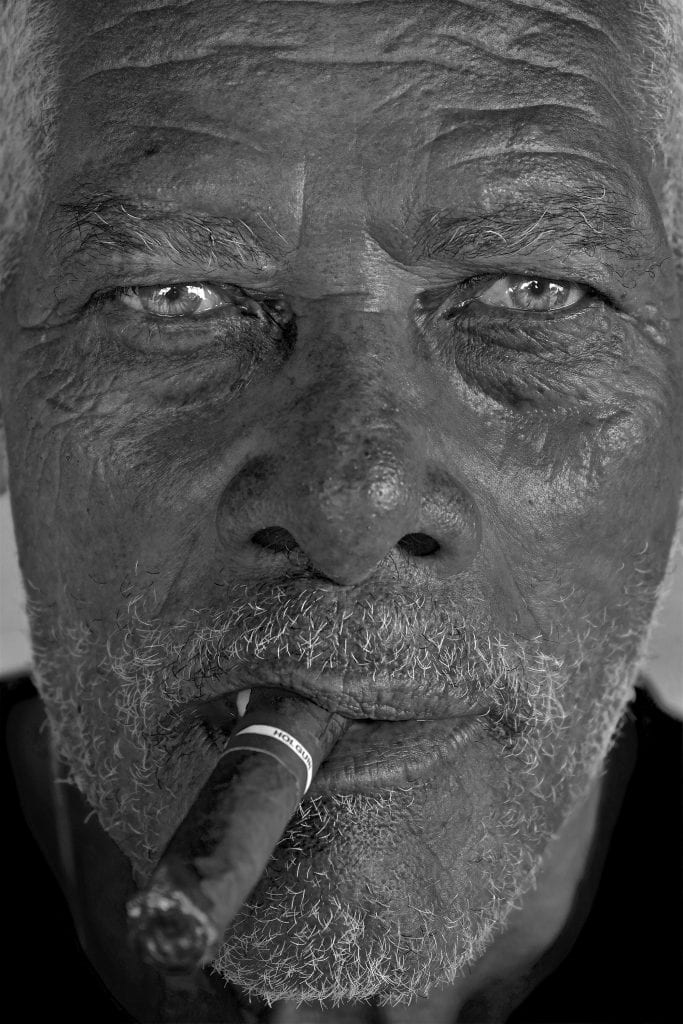As we wander through life, we see the world from perhaps our most common vantage point: standing up, at eye level, and at a distance from our subject that can be described as our comfort zone—not too close; not too far away.
In the compositional dance, this is just the starting point for photography. As I have posted before, I’m advocating you consider shooting a little more than you normally do, which will make editing a bit more challenging. But having to make difficult editing choices is a good thing; it means you’re getting lots of strong frames. And I’m going to help you with your editing process in future posts.
Filling the frame is often a good idea and can help define the focal point of your image or the point of interest that makes your photograph unique. My photographer friend Bill Durrence has a mantra that I also share because it helps many photographers find aesthetic focus: Take the picture, then move three steps closer. Take another, then move three steps closer. Repeat.



better. When I moved in really close, he reacted; I reacted by squeezing
the shutter—and a more dynamic, authentic moment was the result.
This will help shake you out of your comfort zone and see how things look from different angles and perspectives. Show your viewers a new view of a common scene. Explore different points of view by getting down low, up high, in close, or some other unexpected camera position.
This is where the dance should take you. You can’t be timid when determining your camera position. You must be bold. And your courage will increase the more you experiment with this dance. Because you will be rewarded with images you love and did not maybe even think you were capable of.
Get High
A higher vantage point can sometimes alleviate the chaos of an eye-level viewpoint, giving you symmetry and movement within your frame.
Scan the area for places that would let you shoot from above, such as hills, roof decks, anywhere that might allow you to look down at the scene. You sometimes have to ask permission (but begging forgiveness is more efficient), and if you’re in a place for a few days, the sooner you get the process started, the better. I’ve got permission from places to shoot that I never though I would, so don’t be shy—it’s for the picture and the millions who will see it (potentially) so ask from a position of confidence and strength.
Maybe it goes without saying, but here goes: If you’re looking straight down at your subject from above, for the safety of your camera and those down below, make sure the camera is secured to your neck via the strap or safely anchored to a tripod. Try and keep the camera as parallel to the ground as possible to minimize distortion.
The opposite low-angle vantage point can also add great impact to a photograph. Anything different from our normal viewing perspective in life, which is generally standing and a comfortable distance from the world around us, will have an immediate visual appeal because it’s something different.
The articulating screen has made this so much easier so don’t be afraid to get dirty to add an extra star to your image.
“Making a picture just right takes time, even when the thing you’re photographing isn’t moving. Instead, you do the moving—closer, not so close—change lenses, commit to a tripod, micro compose some detail, step back, reconsider, recompose, repeat. And when it looks right it also feels right—just so.”
Sam Abell, from The Life of a Photograph
Find the best place to shoot by boldly exploring the scene.










